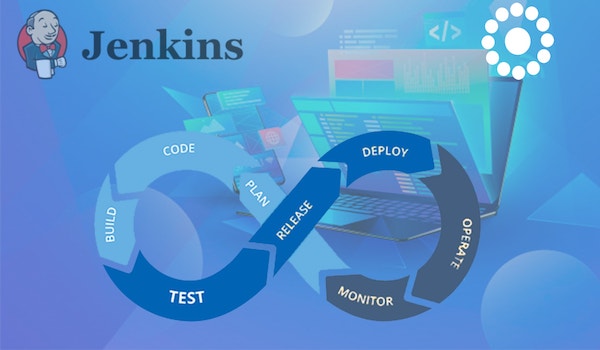Known for being an architecture from which we are able to divide the features into small applications (small services), the microservice architecture has captivated many developers and is nowadays considered to be a great alternative to the monolithic approach. Microservices are separate components that work together to perform the same tasks.
Each of the components or processes is a microservice.
The microservice architecture aspect values lighter and more autonomous applications.
But what is monolithic architecture after all?
The monolithic architecture is conceived and created as a particular block, with a high dependency on the services of the same application.
In short, the monolithic application consists of an application that is not exclusively responsible for a certain task, but that can also perform all the steps necessary to complete a certain function.
With the rise of Agile Development, the monolithic architecture model has lost some space in the market (although, given its antiquity, it has the largest share of it), since changing a unique service can interfere with the operation of other dependent features.
That said, and for a more proper understanding of the thematic, we decided to leave some advantages of using microservices, following the video of the last episode of Cleverti Talks – Microservices w / Spring Boot, Spring Cloud, Keycloak, and Docker.
Advantages of applying Microservices
Scalability
When we break an extensive monolithic application into several small ones, we may be able to scale them separately. Assuming that an authentication service is called multiple times during a user’s session, the stress on it is undoubtedly greater. With microservices, we can scale only a part, instead of having to scale the application as a whole, as in a monolithic architecture.
The diversification of technology
Microservices do not necessarily need to be written in the same programming language. This allows for a high heterogeneity of development teams.
Deployment independence
It is possible to deploy only one microservice, while the others continue to run, unlike the monolithic application in which we have a large box that requires the deployment of all services to deploy the application.
A high rate of maintainability and testability
These are small services that we can restart more easily. In addition, each microservice is responsible for a business area and has its own database.




